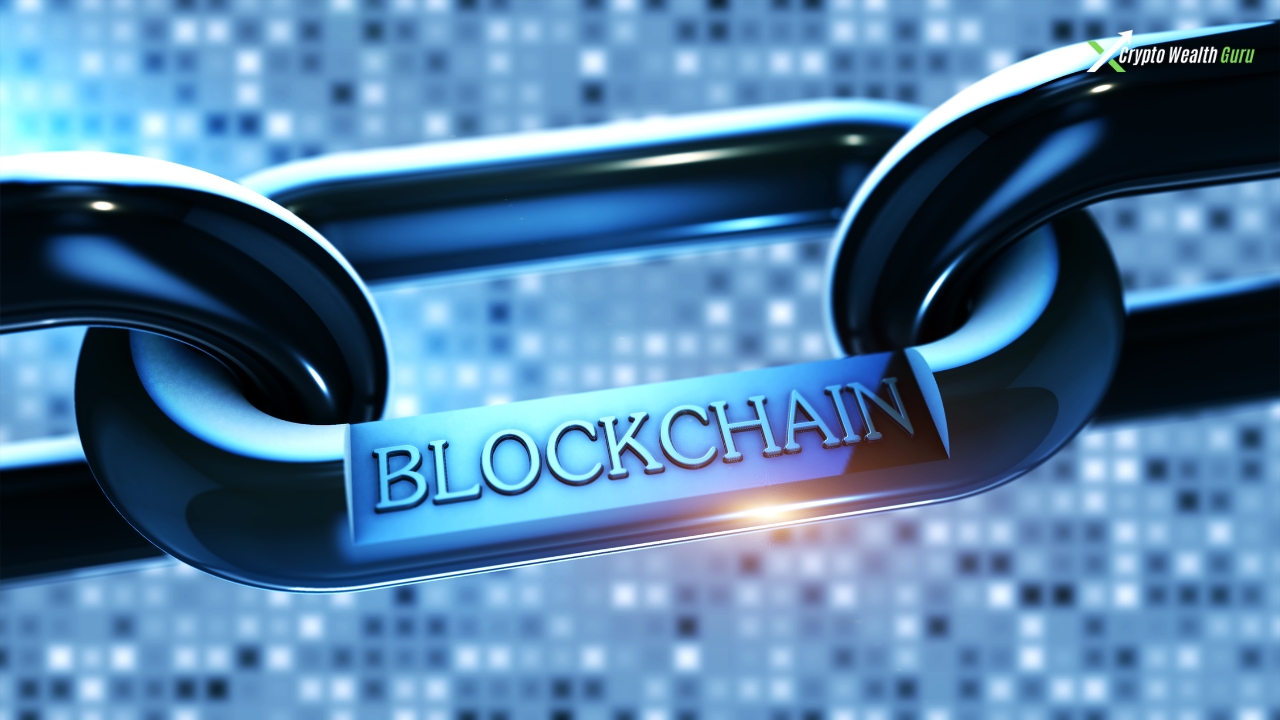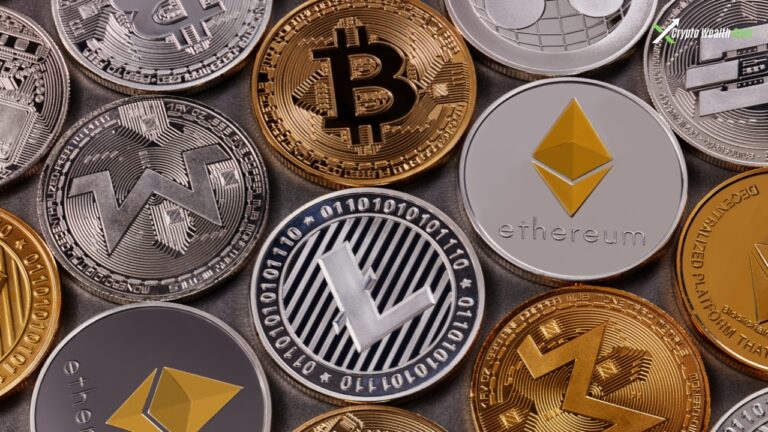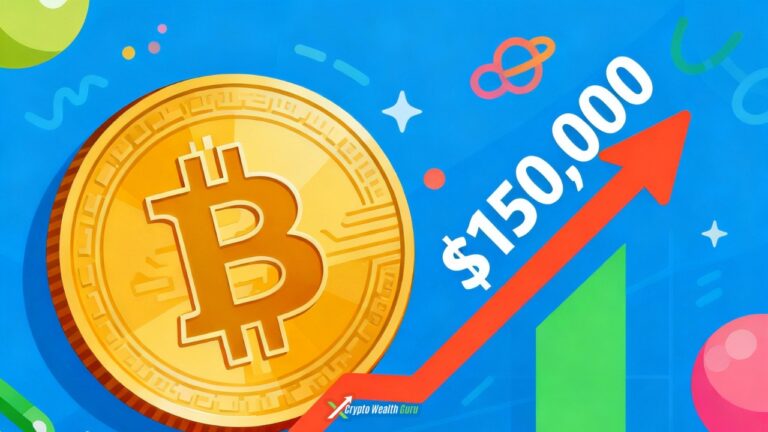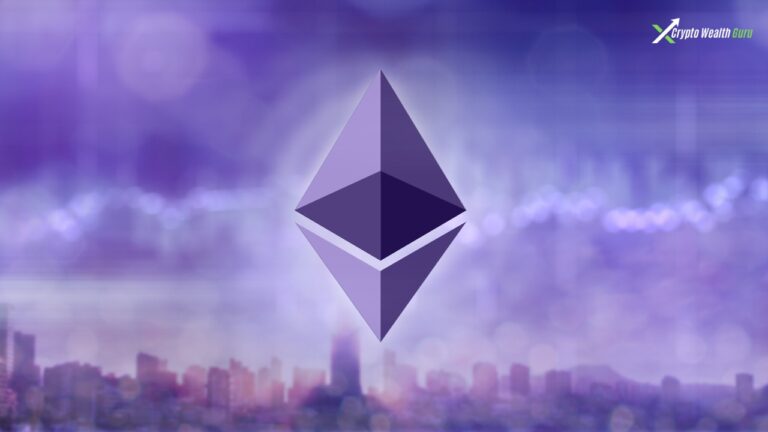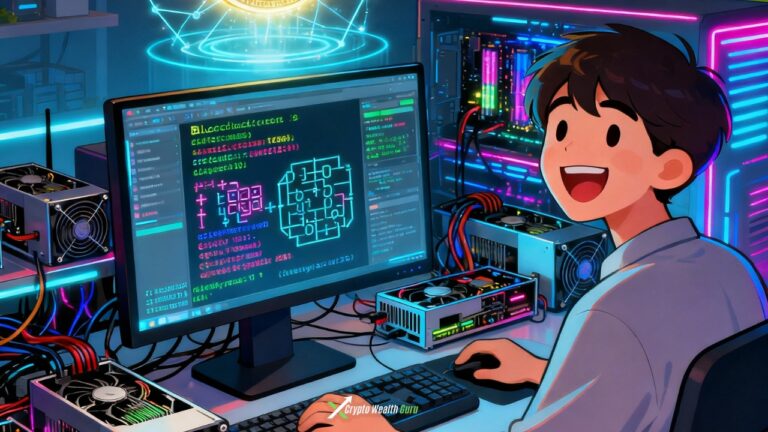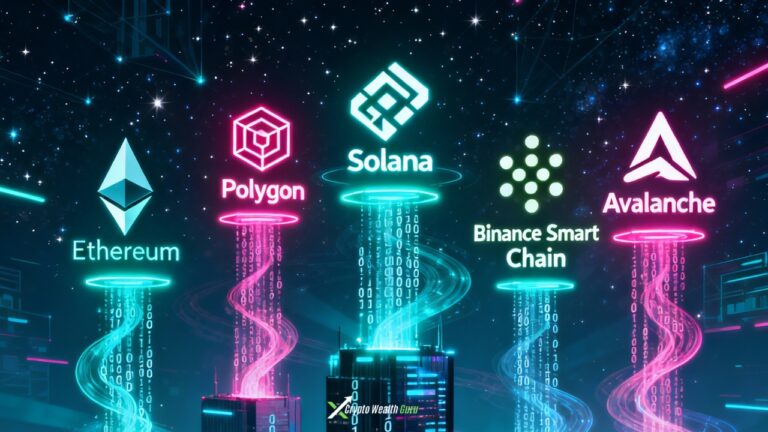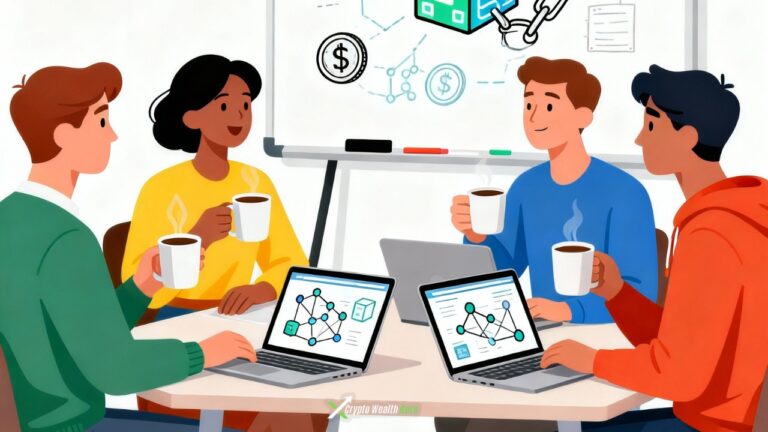How Blockchain Works: The Tech Revolution Simplified
Blockchain, huh? It sounds like something straight out of a sci-fi movie, doesn’t it? But here’s the deal: Blockchain isn’t just some tech jargon—it’s the backbone of the digital revolution! So, what exactly is blockchain, and why does it matter? If you’ve been hearing the term a lot lately and thought, “I have no idea what that even means,” don’t worry, you’re not alone.
I’ll break it down in the simplest, most entertaining way I can—no tech-speak overload here. So grab a seat, maybe a coffee (or tea, I’m not picky), and let’s dive into how blockchain works—without the headaches!
What Is Blockchain?
Let’s kick things off with the basics. Blockchain is a distributed database or ledger, but that doesn’t really help you much, right? It’s like calling a car a “four-wheeled machine” without telling you it gets you from point A to point B. So, let’s simplify it.
Think of blockchain like a digital notebook that’s shared across a network of people. Everyone can see what’s written in it, and no one can change what’s already been written without the approval of the majority. This makes it incredibly secure, transparent, and—most importantly—trustworthy.
In short: Blockchain is a secure, transparent way to record and verify transactions. But, let’s take a closer look at how it works in a bit more detail.
How Does Blockchain Work? (In Simple Terms)
Now, let’s answer the big question: How does blockchain actually work? Imagine a group of friends keeping a shared diary, where each entry is a transaction. But here’s the twist: this isn’t just a regular diary; it’s a diary that’s kept in a super-safe vault that only the group can access. Sounds interesting, right? Let’s break it down step by step.
1. The Transaction Starts
Every transaction begins when someone wants to do something. Send money, make a deal, share information, etc. This transaction needs to be recorded. For example, let’s say I send $10 to a friend. This is the “transaction” part.
2. The Transaction is Broadcasted
Once the transaction happens, it’s broadcasted to the entire blockchain network. So, think of it like posting a status update on social media. Everyone in the network can now see it (well, not exactly “everyone,” but the group you’re part of).
3. Verification Process
Here’s where the magic happens. Blockchain doesn’t trust anyone blindly. Every transaction gets verified by multiple people (or computers). This is called “consensus” and it ensures that everything is legit. No more fake transactions, no more shady dealings. Once enough people verify it, the transaction gets the green light.
4. Recording in the Block
After the transaction is verified, it gets added to the “block.” Think of a block as a page in the shared diary that we talked about earlier. But here’s the catch: once the block is full, it gets sealed off and linked to the previous block. This creates a “chain”—hence the name, “blockchain.” This makes sure that no one can tamper with the information once it’s recorded.
5. The Block is Added to the Chain
Now that the block is sealed, it’s permanently added to the chain. And this chain is publicly visible to everyone. So if someone tries to change a transaction, they’d have to go back and change every single block in the chain, which is practically impossible. The result? An ultra-secure and unchangeable record of transactions.
Why Is Blockchain So Secure?
Alright, now that we know the basics, let’s talk about why blockchain is so secure. You might be wondering, “Okay, but if I’m putting all my trust in this thing, how do I know it’s not a scam?”
Here’s the deal:
1. Decentralization
Blockchain is decentralized—meaning no single person or entity controls it. Instead, it’s maintained by a network of computers (also known as nodes). This makes hacking or altering the system nearly impossible because you’d have to take control of the majority of these computers.
2. Encryption
Every transaction is encrypted, meaning it’s locked behind a super-secure code. Only the person involved in the transaction has the key to unlock it. So, unless you have the key, good luck!
3. Transparency
As we mentioned earlier, blockchain is transparent. Once something is recorded, it’s there for everyone to see. But! You can still maintain privacy because while the transactions are visible, the personal details of the participants (like names or addresses) are hidden behind encryption.
Use Cases of Blockchain: What Can It Do?
So far, we’ve learned how blockchain works, but you might be wondering, why should I care? What can blockchain actually do for me? Let’s talk about that.
1. Cryptocurrency (Bitcoin, Ethereum)
We’ve all heard of Bitcoin, right? Well, it’s built on blockchain. When you send or receive Bitcoin, the transaction gets recorded on a blockchain. This is how Bitcoin and other cryptocurrencies maintain security and trust without needing a bank.
2. Supply Chain Tracking
Blockchain can be used to track products as they move through a supply chain. This is super helpful for industries like food, where knowing the exact journey of a product ensures safety and transparency.
3. Smart Contracts
Blockchain can also be used to create smart contracts, which are self-executing contracts with the terms directly written into code. They automatically trigger actions when certain conditions are met. It’s like having a personal assistant who makes sure everyone sticks to the rules.
4. Voting Systems
Ever been frustrated with how slow and unreliable voting systems can be? Blockchain can help create a secure and transparent voting system. It makes it nearly impossible to rig or alter the results. Imagine voting without worrying about fraud!
5. Identity Verification
Blockchain can help with secure digital identities, making it easier for people to prove who they are without the risk of identity theft. This is especially useful for online services, where we often have to prove our identity multiple times.
The Pros and Cons of Blockchain
Nothing’s perfect, right? Blockchain is amazing, but it does have its fair share of pros and cons.
Pros
- Secure: Like Fort Knox for digital info.
- Transparent: No hidden agendas here.
- Decentralized: No single point of failure.
- Efficient: Speedy and cost-effective transactions.
Cons
- Scalability Issues: Right now, blockchain can’t handle the same number of transactions as traditional systems like Visa or MasterCard.
- Energy Consumption: Blockchain, especially proof-of-work systems (like Bitcoin), uses a ton of energy. It’s like having a gym membership but never using it. Not very eco-friendly.
- Regulation Issues: Since blockchain is so new, there’s still a lot of legal gray areas. Yikes!
Will Blockchain Change the World?
So, does blockchain have the potential to change the world? In a word: Yes. But like any new tech, it’s still evolving. We’re just scratching the surface, and the possibilities are endless. From finance to healthcare to government, blockchain is on track to make things safer, faster, and more transparent.
Conclusion: Blockchain—A Game Changer
Well, that was a fun ride, wasn’t it? Blockchain might sound complicated at first, but once you get the hang of it, it’s pretty darn fascinating. Whether you’re just here for a quick read or you’re now obsessed with blockchain, you’ve got a solid foundation to dive deeper.
In conclusion, blockchain is a secure, transparent, and decentralized technology that has the potential to revolutionize various industries. It’s still growing, but if you ask me, it’s definitely something to keep an eye on.
So, what do you think? Ready to jump on the blockchain bandwagon or still skeptical? 🙂 Either way, now you’ve got a better understanding of how it works—and I hope that made it a little less scary!

